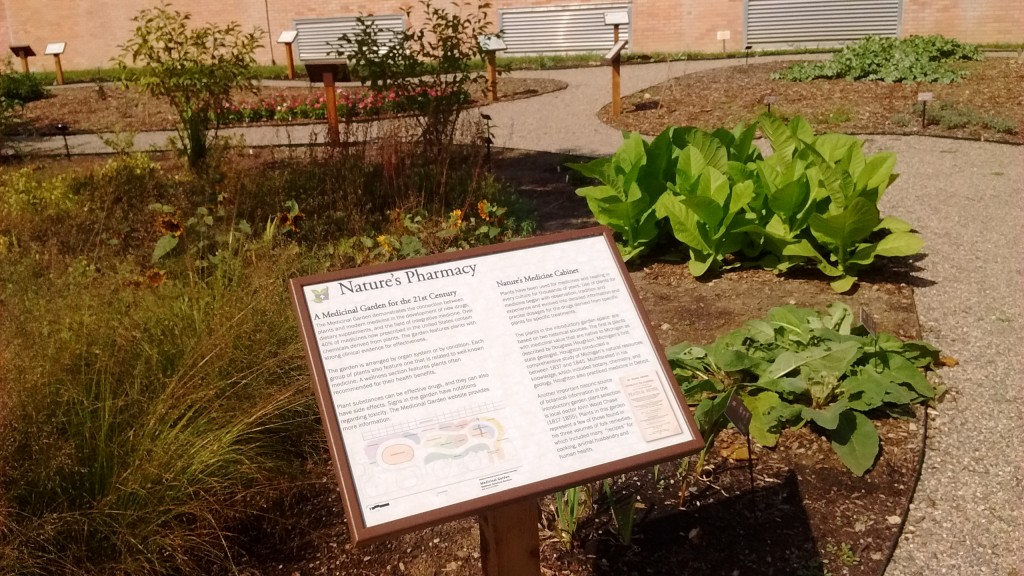I’ve been growing Elephant ears — Colocasia esculenta — for many years. Over that period of time I’ve rarely had them bloom. They just don’t set flowers very often.
Normally when plants blossom, it means they are all set to produce seeds. Colocasia, however has been cultivated for so long, that it no longer is able to produce seeds and relies on people to reproduce. In tropical regions, people plant the underground corms like we would plant a flower bulb here in Michigan.
Colocasia is a dramatic addition to the landscape with it’s huge leaves that easily grow to three feet long in Michigan. In it’s native area in the tropics the leaves can measure six feet in length.
People in the tropics don’t grow them for their landscape, instead they eat them. There, colocasia is called taro and is a major food crop where it is used like we use potatoes here. Millions of tons of taro are harvested each year.
One winter, many years ago, I had a recent immigrant from the south Pacific visit the greenhouse where I was growing dozens of colocasia in pots getting them ready for planting out into the landscape. She recognized them immediately and asked me if I was growing them for harvest. I told her they were for planing out in the landscape as a decorative plant. She laughed and thought that was quite funny!
My blooming colocasia was one that I stored in my semi-heated garage over winter. I kept it in its pot and let the soil dry out. I watered it once in a while.
The plant went dormant and was exposed to some cool temperatures for extended periods of time but it never got much colder than the lower 40′s. The only light it got was low, indirect sunlight from a small garage window.
I have a theory that stressing the plant somehow triggered a flowering mechanism. The other colocasia I had bloom was about 12 years ago and that plant was stored over winter much the same way.
I’d be interested to hear if any readers have had similar experiences with their colocasia.
Bob



